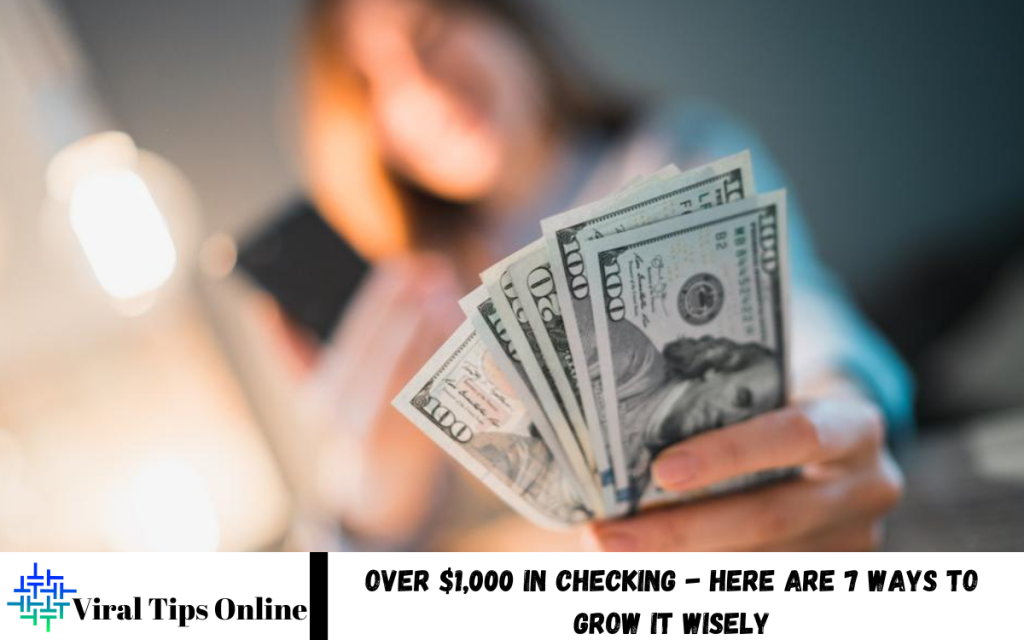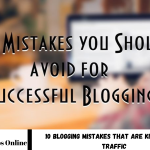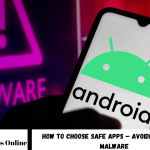If you’ve managed to keep over $1,000 sitting in your checking account, you’re already ahead of the game. It’s a solid financial cushion but letting that money sit idle might mean you’re missing out on bigger opportunities. Checking accounts typically earn little to no interest, so while your funds are safe and accessible, they’re not working for you.
The good news There are smart, low-risk ways to grow that money without locking it away for years or diving into high-risk investments. You’re looking to build an emergency fund, invest for the future, or generate passive income, that extra cash can be a powerful tool when used strategically.
Move Excess Funds to a High-Yield Savings Account
If your checking account balance consistently sits above $1,000, consider transferring the excess to a high-yield savings account (HYSA). These accounts often offer interest rates several times higher than those of traditional checking or savings accounts.
Many online banks and fintech platforms provide HYSAs with no monthly fees and competitive annual percentage yields (APYs). By keeping your core spending money in checking and transferring the rest to HYSA, you maintain liquidity while earning significantly more in interest.
SEO Tip: Keywords like “high-yield savings account,” “earn interest on savings,” and “best savings account rates” make this section highly search-friendly.
Set Up a CD Ladder for Guaranteed Returns
A Certificate of Deposit (CD) is a time deposit with a fixed interest rate. You agree to leave your money untouched for a set period anywhere from three months to five years in exchange for a guaranteed return.
To retain access to your funds while still earning more interest than a regular account, you can build a CD ladder. For example, divide $1,000 into smaller amounts and invest in CDs of varying terms: 3-month, 6-month, 12-month. As each CD matures, you can reinvest or use the funds, ensuring both growth and liquidity.
This method suits conservative savers who value predictability and want to earn better interest without market exposure.
Use Cash Management Accounts for Flexibility and Yield
Cash management accounts (CMAs) combine the features of checking, savings, and investment accounts. Typically offered by brokerages or fintech companies, CMAs often provide higher interest than traditional bank accounts while maintaining FDIC insurance through partner banks.
These accounts are especially useful for people who want to earn interest on idle cash without losing the flexibility of a regular checking account. Most CMAs also offer debit cards, bill pay, and mobile apps, making them suitable for everyday use.
By moving $1,000 or more to a CMA, you can earn returns and retain access whenever you need it.
Start an Emergency Fund or Boost an Existing One
An emergency fund is essential for financial security. If you don’t already have one, now is the time to start. If you do, adding your extra $1,000 is a smart way to strengthen it.
Financial experts recommend having 3 to 6 months’ worth of living expenses set aside in an accessible account. Emergencies are unpredictable medical bills, car repairs, job loss and having liquid cash available can help you avoid high-interest debt.
Storing your emergency fund in a high-yield savings account ensures it’s both safe and growing while staying accessible.
Pay Off High-Interest Debt to Save More Over Time
Sometimes the best return on your money is found not through investment, but through eliminating costly debt. If you carry credit card balances or personal loans with high interest rates, using $1,000 to pay them down can provide an immediate and guaranteed return.
For instance, if you’re paying 18% interest on a credit card, paying off $1,000 of that debt effectively saves you $180 annually far more than most savings accounts or CDs will yield.
Reducing your debt not only saves you money in interest but also improves your credit score, which can lead to better financial opportunities in the future.
Automate Savings to Build Wealth Consistently
Automation is one of the easiest and most effective ways to save. By setting up automatic transfers from your checking account to a savings, investment, or retirement account, you remove the friction and decision-making from the process.
Start with small weekly or monthly amounts even $50 a month adds up to $600 a year. Many banks and apps allow you to set recurring transfers or even round up your purchases and save the spare change.
The psychological benefit You’re saving consistently without even thinking about it. Over time, this creates disciplined saving habits and allows your wealth to grow passively.
Read Also: September 2025 Class Action Settlements Involve Truist Bank, Poppi and FuboTV
Explore Low-Risk Investment Options
If you’ve taken care of your emergency fund and don’t have high-interest debt, consider using your $1,000 to dip your toe into investing. While investing always carries some risk, there are low-risk options that offer the potential for higher returns than savings accounts.
Options include:
- Robo-advisors: These platforms use algorithms to build and manage a diversified investment portfolio based on your goals and risk tolerance.
- Index funds or ETFs: With low fees and broad market exposure, these are ideal for beginner investors.
- Treasury securities: U.S. government bonds are low-risk and can provide a steady return over time.
Start with small amounts and focus on long-term, low-cost, and diversified investments. Over time, even modest investments can compound into meaningful wealth.
Why Letting Cash Sit in Checking Is a Missed Opportunity?
While a checking account is essential for managing bills and everyday spending, it’s not an ideal place for storing large sums. Most checking accounts offer near-zero interest, meaning your money earns virtually nothing.
Worse, inflation reduces your purchasing power over time. If inflation is at 3% and your account pays 0.01%, your money is losing value in real terms every year.
By reallocating excess cash into higher-yield options or paying down debt you not only protect your money but help it grow.
Putting It All Together: Build a Simple Strategy
Let’s say you have $1,500 in checking. Here’s how you might allocate it strategically:
- $500 into a high-yield savings account for emergency use.
- $300 to pay down a credit card balance.
- $200 into a 6-month CD.
- $200 into a beginner investment portfolio.
- $100 automated monthly savings setup.
- $200 remains in checking for everyday use.
This diversified approach ensures you’re covering key financial bases: safety, growth, liquidity, and debt reduction.
Frequently Asked Questions
Is it safe to invest $1,000 if I’m new to investing?
Yes, as long as you choose low-risk options such as index funds, ETFs, or use a robo-advisor. Always ensure your emergency fund is in place before investing.
Can I automate moving money from checking to savings or investments?
Absolutely. Most banks and fintech apps offer automation features that let you set recurring transfers, round up spare change, or schedule investment contributions.
Should I pay off debt or save if I have extra money?
It depends on your financial situation. Generally, paying off high-interest debt (like credit cards) offers a better return than saving, but a small emergency fund should come first.
What is a CD ladder and why should I use one?
A CD ladder is a savings strategy where you split your money into multiple CDs with different maturity dates. It helps you earn higher interest while keeping some funds accessible periodically.
Are cash management accounts better than checking accounts?
For unused funds, yes. Cash management accounts typically offer higher interest rates than checking while still providing access to your money, often with debit cards and FDIC insurance.
How do I choose the right high-yield savings account?
Look for accounts with high APYs, no monthly fees, FDIC insurance, and easy access via mobile or online banking. Compare several banks and fintechs before choosing.
Can leaving money in checking hurt my finances?
Indirectly, yes. While your money is safe, it’s not growing and inflation reduces its value over time. Optimizing where your money sits is key to building long-term financial health.
Conclusion
Having $1,000 or more in your checking account is a strong start but it shouldn’t be the end goal. With just a little planning, that extra money can serve as a powerful tool to help you save more, earn more, and move closer to financial freedom. You’re building an emergency fund, investing for the future, or optimizing your everyday banking, the key is intentional action. Don’t let your money sit idle. Give it a job and let it work for you.


